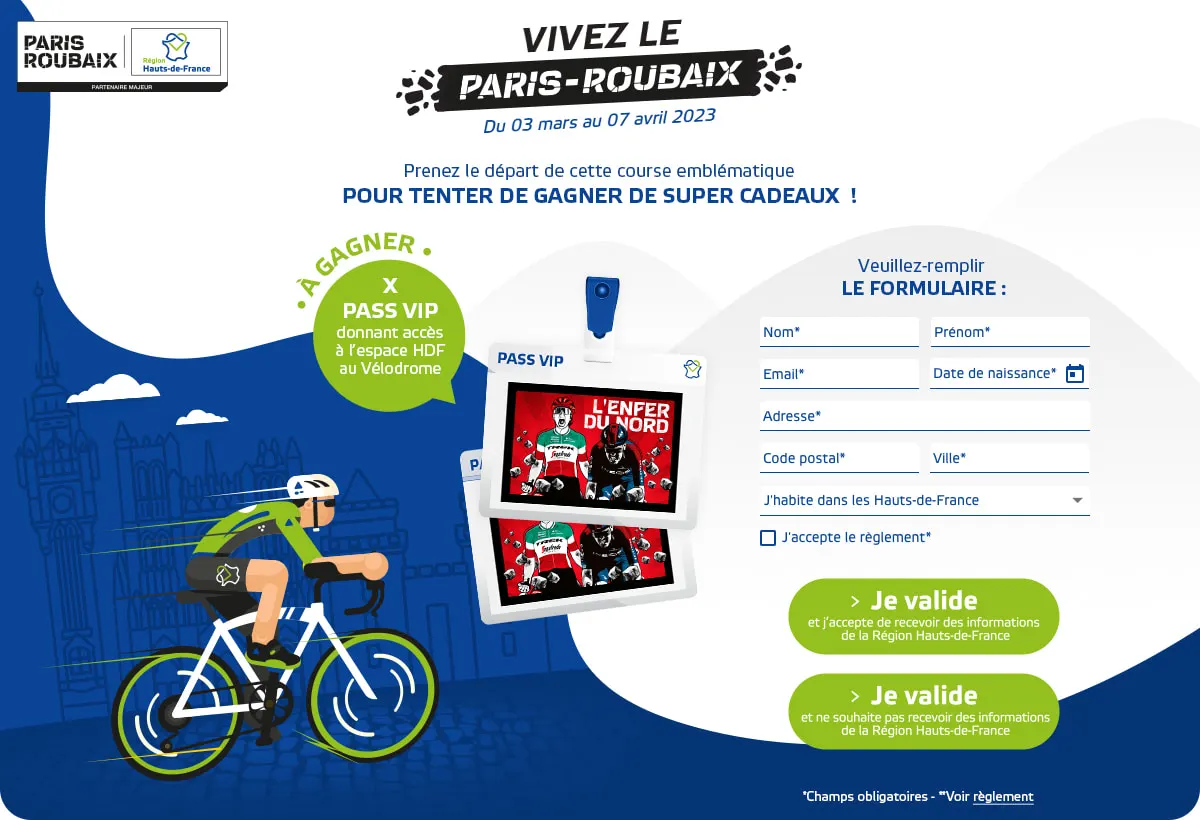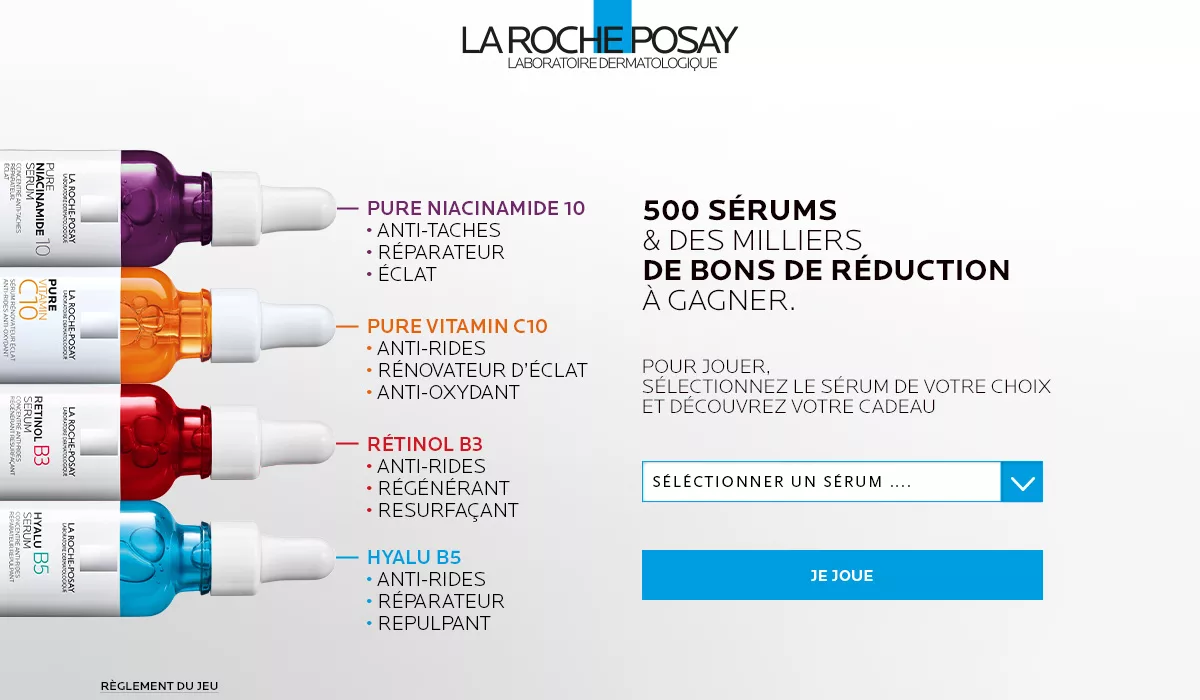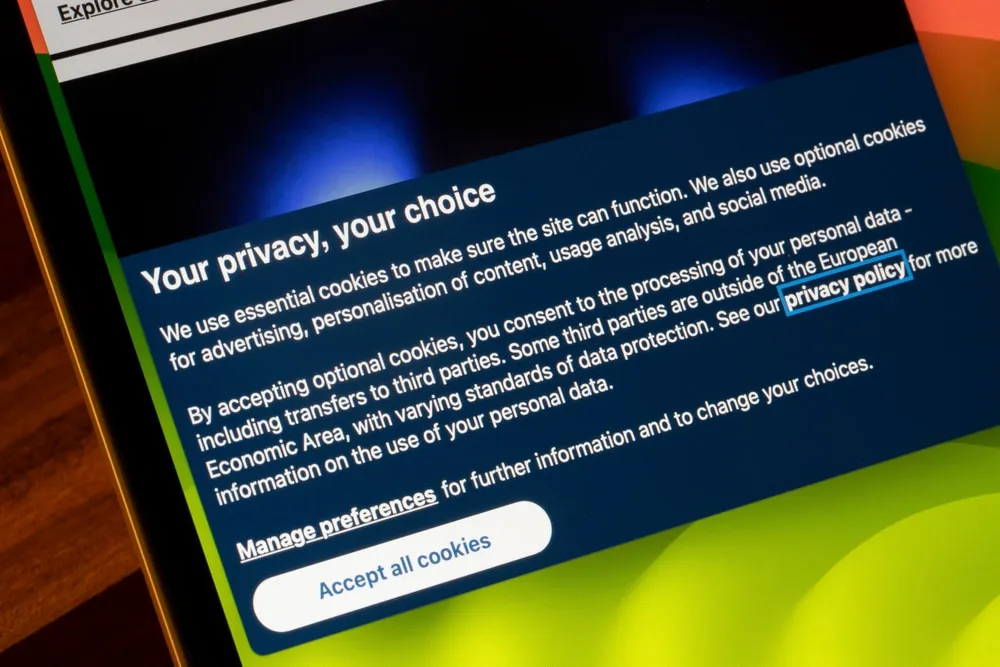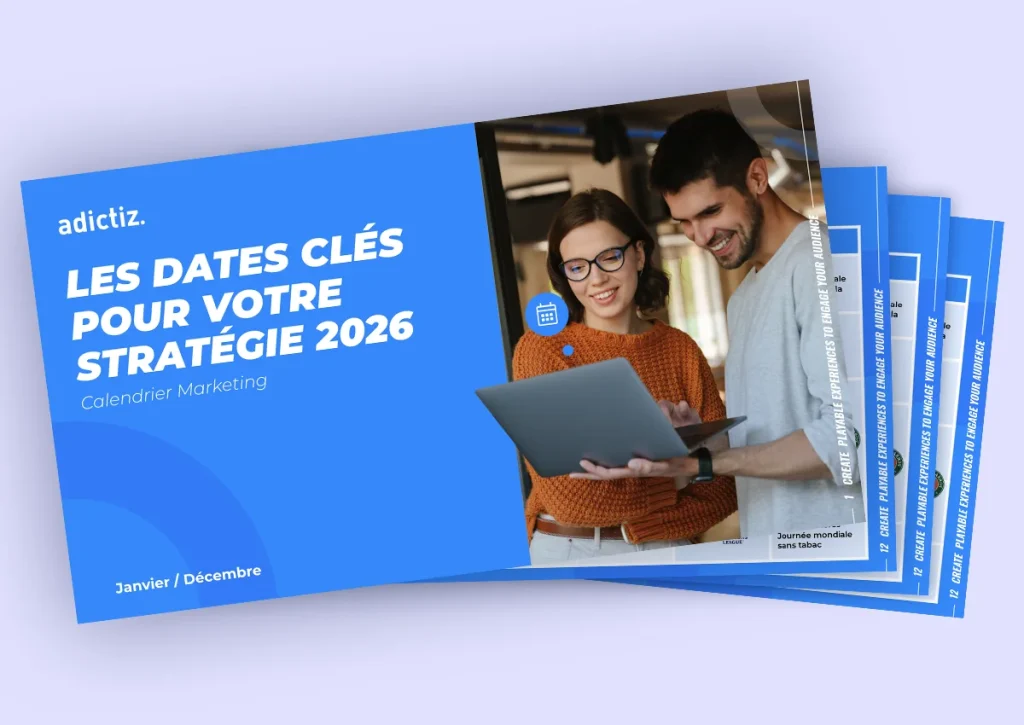
Culture and leisure sector: how can we improve the customer experience?
Culture is a crucial sector in France, because it helps to preserve our historical heritage and put the country on the international map. But it is also a sector that has suffered from the pandemic.
To revitalise cultural sites and experiences, and improve visitors’ experience of them, marketing gamification is an effective lever to explore. Integrating game mechanisms into areas such as leisure, culture and tourism makes the customer experience fun, interactive and memorable.
Thanks to interactive marketing experiences, visitors to a cultural venue are no longer passive spectators. They are immersed in the history of a venue or behind the scenes of a cultural movement, right from the moment they get in line. They are captivated by the world they are discovering, and are much more likely to retain the knowledge that is being imparted.
In this article, we’re going to look at the ways in which gamification can be a solution to facilitate the discovery of a heritage site or museum. We’ll explain how you can use gamification in an original way to stand out from the crowd and improve the customer experience at your venue or cultural event.
How can gamification improve our experience of culture?
Gamification, i.e. the integration of game mechanisms into an experience is not a new phenomenon. It is already used in marketing, in education and vocational training.
This is a widespread approach in cultural institutions. Which offer their visitors the chance to rediscover a place or a piece of history through gamified experiences (challenges, competitions, treasure hunts or riddles).
The aim is to use these entertaining mechanics for more than just fun. There, the aim is to educate visitors, enhance cultural heritage and improve the customer experience by making the visit more attractive (for younger visitors or those waiting in line).
As we have already seen in the marketing sector, gamification is a very interesting tool to deploy at every stage of the customer experience. It’s a great way of capturing their attention. But also to boost their engagement by multiplying the opportunities for them to interact with the brand.
But interactivity can be a powerful strategy before and after the visit. It can be used to prepare for the visit (by arousing desire or sharing relevant information in a fun way that the visitor will need afterwards). Once the experience is over, gamification becomes a loyalty-building lever, using the data collected during or before the visit, for example, to propose similar/complementary offers to visitors.
Improving the customer experience in culture: 3 use cases for gamification
In a nutshell, gamification is a way of improving the customer experience in the culture by:
- Creating a real buzz around an experience or event (particularly online)
- Making a museum visit more fun and memorable;
- Enabling consumers to reappropriate cultural content;
- Multiplying interactions between visitors themselves to federate committed communities around a cultural institution.
Whether it’s an interactive game, a treasure hunt, an augmented reality digital tour or a photo competition, culture and leisure operators have no shortage of ways to gamify and therefore improve their customer experience.
Here are 4 use cases to inspire you.
Wait marketing before a visit or cultural event
Wait marketing is based on the use of digital tools to animate an audience before the launch of a new product or in the queue at a cultural event. It is a lever particularly used in certain sectors where consumers have to wait in a waiting room (particularly in the medical world), but also in events.
The aim is to optimise the user experience before it even begins and to make the most of customers’ waiting time. This time can be used to display relevant information prior to a visit, for example; but above all, wait marketing can transform this tedious moment into a pleasant and entertaining one.
Before the visit begins, or before the artists take to the stage, the cultural institution can, for example, broadcast a quiz on a large screen. It’s a great way to keep visitors waiting while testing their knowledge and skills. by teasing out what would happen next.
For the Paris-Roubaix race, the Haut de France region set up an Outrun game to immerse participants in the heart of the sporting event.. The campaign engaged the public and recruited qualified leads by means of an entry form for a competition to win attractive prizes (goodies, etc.)

Geocaching: turning a walk into a treasure hunt
Geocaching is a practice that combines the principle of treasure hunting with new technologies. It offers a unique and entertaining way to explore a territory or cultural site.
Using a smartphone and a series of clues, participants are tasked with finding ‘geocaches’ hidden along a footpath, in a neighbourhood or even in a town. This interactive game is a highly effective way of enhance the value of your location, reveal little-known or forgotten sites, and improve the customer experience.
In the tourism sector, geocaching allows travellers to collect points for the monuments they visit, or for sites observed. The more points they have, the more rewards they can receive to encourage them to return or share their experience with friends and family.
Interactive tours to attract young visitors to the museum
Interactive or augmented tours can be experienced both physically and online. In addition to a guide, visitors interact with a digital device (a smartphone or tablet for example) through which they can take part in a game.
The Royal Museum of Mariemont in Belgium, for example, has set up a tablet video game called ‘The Ferryman’. Aimed at the very young , this interactive game showcased the museum’s Egyptian collection. Children had to find hidden objects, solve riddles and complete levels. This fun format was ideal for introducing them to Egyptian mythology in a more immersive and entertaining way.
Outside museums, digital walks also combine education and fun. Mobile applications can, for example, enable visitors to take part in quizzes to find out all they need to know. The use of QR codes will also make it easier to display these interactive animations in key places. It’s an excellent way to visit without getting bored, but also to remember important information more easily.
Conclusion
Gamification and expectation marketing are two powerful levers for improving the customer experience in the culture and leisure sector. They enable you to engage your audience at every stage, from discovery to loyalty. To make your cultural venue more attractive, don’t hesitate to use our interactive game mechanics!








